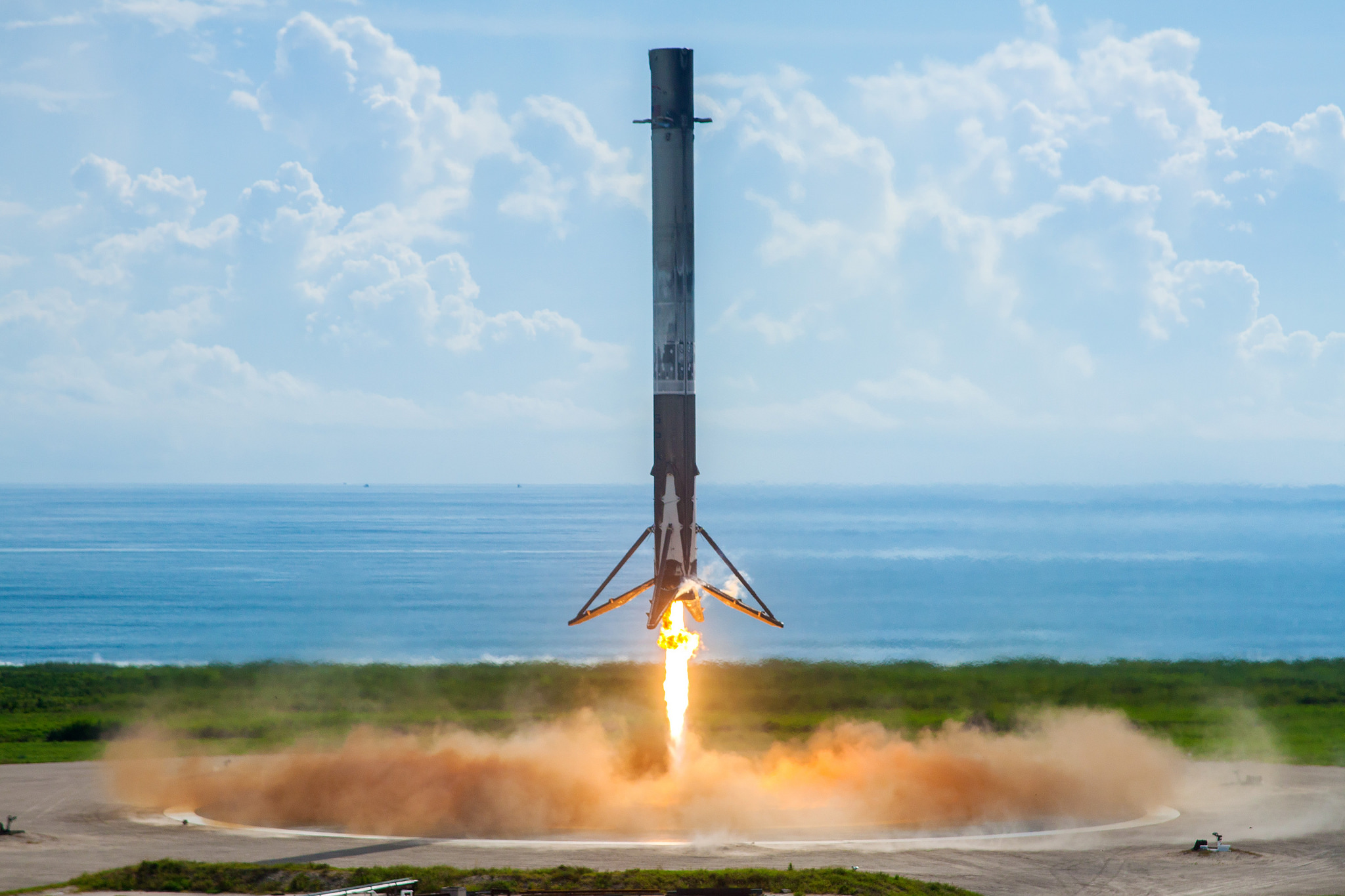'A New Space Age' Summit to Explore Spaceflight's Bright Future

Some of the spaceflight community's biggest movers, shakers and disruptors will gather in Seattle next week to discuss humanity's next giant leaps.
The Economist magazine is hosting its inaugural space summit, called "A New Space Age," on Thursday (Nov. 9) at the Museum of Flight, just outside Seattle.
Big names from a variety of spaceflight fields will speak at the conference, including Virgin Galactic CEO George Whitesides; billionaire investor Yuri Milner, a driving force behind the Breakthrough Starshot interstellar spaceflight project and the Breakthrough Listen search for alien life; Chris Lewicki, president and CEO of asteroid-mining company Planetary Resources; former NASA deputy administrator Lori Garver; and Carolyn Porco, the imaging team leader for NASA's just-ended Cassini Saturn mission.
"The ambition is to bring together a diverse group that will teach us, and itself, about quite how many different things there are going on in space," The Economist Briefings Editor Oliver Morton told Space.com.
And there is indeed a lot going on. For example, Morton cited the reusable-rocket successes of spaceflight companies SpaceX and Blue Origin, as well as the development of increasingly capable small and inexpensive satellites by private outfits such as Spire and Planet.
"It's quite a remarkable time," he said.
Other exciting advances appear ready to crest the horizon as well. On-orbit manufacturing and assembly are no longer pipe dreams, for instance. California-based Made In Space already operates a commercial 3D printer aboard the International Space Station, and the company is developing a robotic-arm–equipped system called Archinaut that's designed to build big structures on orbit.
Breaking space news, the latest updates on rocket launches, skywatching events and more!
Breakthroughs could also soon come via the combination of advanced machine learning and the profusion of data from small, Earth-observing satellites, Morton said.
"The world being reimagined as a huge database for training machine learning on — it's going to teach us a great deal about both the natural environment and the human world," he said. "That's really interesting, and it just wasn't conceivable five or 10 years ago."
Editor's note: Space.com is a media partner for "A New Space Age," and senior writer Mike Wall will be attending. So, stay tuned for stories coming out of the conference.
Follow Mike Wall on Twitter @michaeldwall and Google+. Follow us @Spacedotcom, Facebook or Google+. Originally published on Space.com.

Michael Wall is a Senior Space Writer with Space.com and joined the team in 2010. He primarily covers exoplanets, spaceflight and military space, but has been known to dabble in the space art beat. His book about the search for alien life, "Out There," was published on Nov. 13, 2018. Before becoming a science writer, Michael worked as a herpetologist and wildlife biologist. He has a Ph.D. in evolutionary biology from the University of Sydney, Australia, a bachelor's degree from the University of Arizona, and a graduate certificate in science writing from the University of California, Santa Cruz. To find out what his latest project is, you can follow Michael on Twitter.
